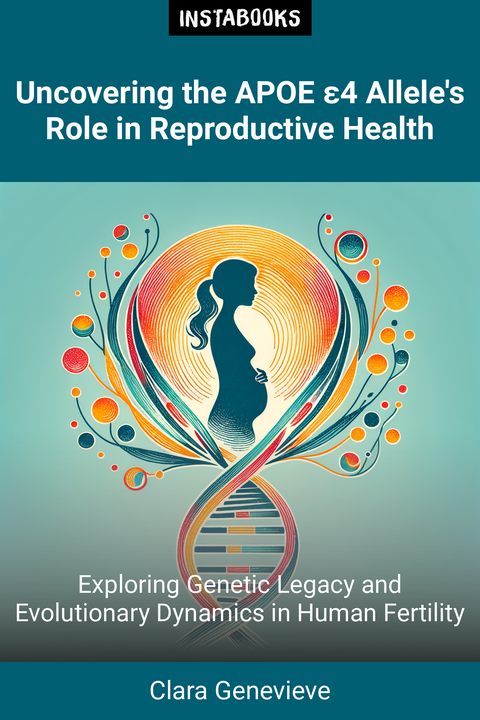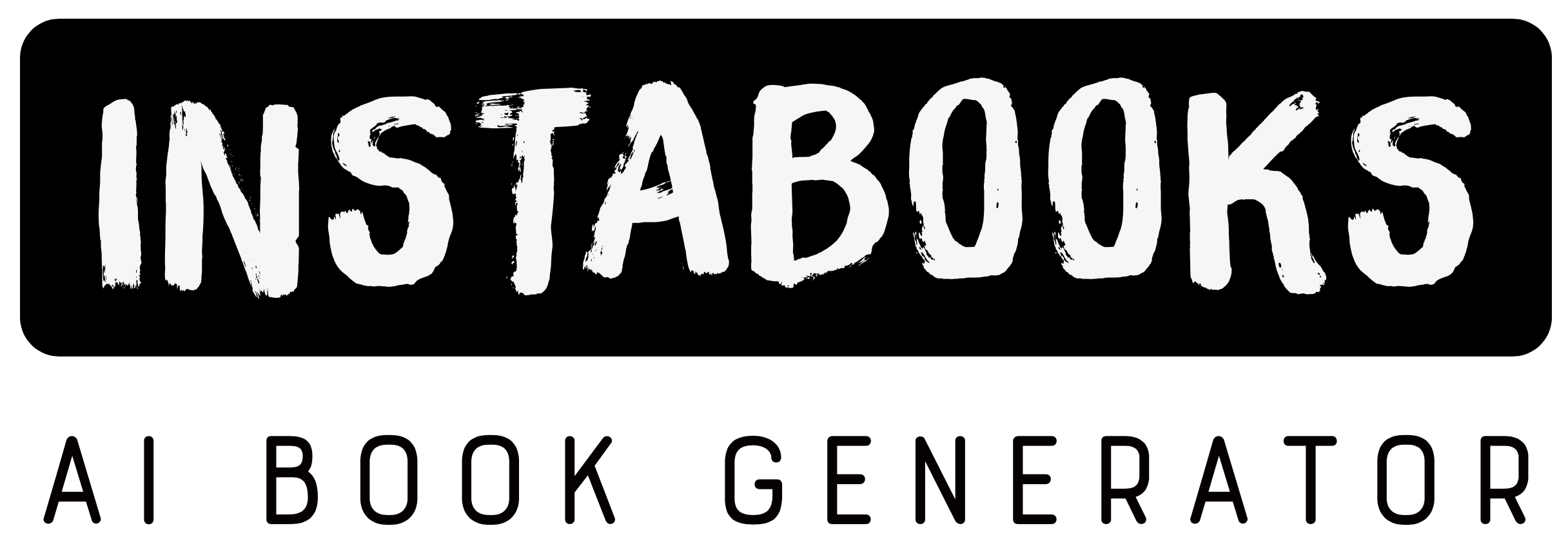
Uncovering the APOE ε4 Allele's Role in Reproductive Health
Exploring Genetic Legacy and Evolutionary Dynamics in Human Fertility
Included:
✓ 200+ Page AI-Generated Book
✓ ePub eBook File — read on Kindle & Apple Books
✓ PDF Print File (Easy Printing)
✓ Word DOCX File (Easy Editing)
✓ Hi-Res Print-Ready Book Cover (No Logo Watermark)
✓ Full Commercial Use Rights — keep 100% of royalties
✓ Publish under your own Author Name
✓ Sell on Amazon KDP, IngramSpark, Lulu, Blurb & Gumroad to millions of readers worldwide
Unraveling the Genetic Maze
Have you ever wondered how your DNA shapes your life? This book delves deep into the intricate relationship between the Apolipoprotein E (APOE) ε4 allele and human reproductive functioning, revealing fascinating insights you won't find anywhere else.
The Genetic Background of APOE ε4 Allele
We begin by exploring the APOE gene, which consists of three main variants: ε2, ε3, and the infamous ε4. While the ε4 allele is the strongest genetic risk factor for late-onset Alzheimer's disease, its implications extend far beyond cognitive health. With about 25% of the Caucasian population carrying at least one ε4 allele, we investigate the genetic background and population frequencies, shedding light on its widespread presence.
Impact on Fertility Outcomes
Our journey continues into the realm of fertility, where we unveil the surprising findings about women carrying the APOE ε4 allele. Studies conducted on the Tsimane population indicate increased fertility rates among these women, prompting us to ask: How does inheriting this allele lead to higher birth rates? We will analyze the evidence showing that women with the APOE ε4 allele tend to reproduce earlier and experience shorter interbirth intervals. Such revelations will encourage readers to reevaluate their understanding of genetics and fertility.
Evolutionary Perspectives
But there's more. The book delves into the evolutionary implications of the APOE ε4 allele, posing intriguing questions about its adaptive advantage despite its known health risks. We explore the theory of antagonistic pleiotropy, where the allele's benefits in reproductive success challenge its later-life drawbacks. How did natural selection favor a genetic variant that could lead to Alzheimer's disease? Readers will be captivated by the arguments for why this allele remains prevalent amidst its complexities.
A Broader Perspective
Through comprehensive research, interviews, and comparative studies, this book not only focuses on the research conducted within the Tsimane population but also draws upon cases from various diverse populations around the world. We highlight the shaping forces of culture, environment, and ancestry on genetic expression, providing readers with a holistic view of how the APOE ε4 allele intertwines with reproductive health.
Conclusion and Future Directions
The conclusion summarizes the complex dance between the APOE ε4 allele and human reproductive functions, inviting readers to imagine future research possibilities that could clarify the alleles' multi-faceted implications. As we embark on this exploration, we encourage you to engage with the questions raised about your own familial genetic ancestry and its impact on reproductive health.
Table of Contents
1. The Landscape of Human Genetics- Understanding the APOE Gene Family
- Global Variations of the APOE Alleles
- The Importance of Genetic Research
2. Fertility and the APOE ε4 Allele
- Case Studies on Fertility Rates
- Mechanisms Behind Early Reproduction
- Interbirth Intervals in APOE ε4 Carriers
3. The Evolutionary Angle
- Adaptive Advantages of Genetic Traits
- Antagonistic Pleiotropy Explained
- Why the ε4 Allele Persists
4. Cultural Influences on Genetics
- Cultural Contexts and Genetic Expression
- Comparative Analysis Across Populations
- Environmental Factors in Genetic Outcomes
5. The Role of Ancestry
- How Ancestry Affects Genetic Expression
- Historical Context of the APOE Allele
- Case Studies in Diverse Populations
6. APOE ε4 and Health Risks
- Associated Health Risks in Later Life
- A Deep Dive into Alzheimer’s Disease
- Other Health Conditions Linked to ε4
7. Future Directions in Research
- Emerging Research Opportunities
- The Role of Gene Neighbors
- Potential for Gene Therapy
8. Public Health Implications
- How Genetics Influences Reproductive Health Policies
- Community Awareness and Education
- Impacts on Healthcare Systems
9. Real Stories, Real Impact
- Personal Accounts from APOE ε4 Carriers
- Fertility Journeys and Genetic Influence
- Community Responses and Support Systems
10. Understanding Your Own Genetics
- Getting Genetic Testing
- Interpreting Results and Health Risks
- Making Informed Health Choices
11. The Intersection of Science and Society
- Ethical Considerations in Genetics
- Public Perception of Genetic Research
- Integrating Science into Society
12. Conclusion and Key Insights
- Summarizing Genetic Influences on Reproductive Health
- The Future of Genetic Research
- Calls to Action for Further Exploration
Target Audience
This book is for readers interested in genetics, reproductive health, evolutionary biology, and anyone curious about how genetics influences human functioning and health outcomes.
Key Takeaways
- Understanding the APOE ε4 allele and its genetic implications.
- Insight into the relationship between genetics and fertility outcomes.
- Appreciation of the evolutionary dynamics involved in genetic traits.
- Awareness of health risks associated with the APOE ε4 allele.
- Guidance on navigating personal genetic testing and implications.
